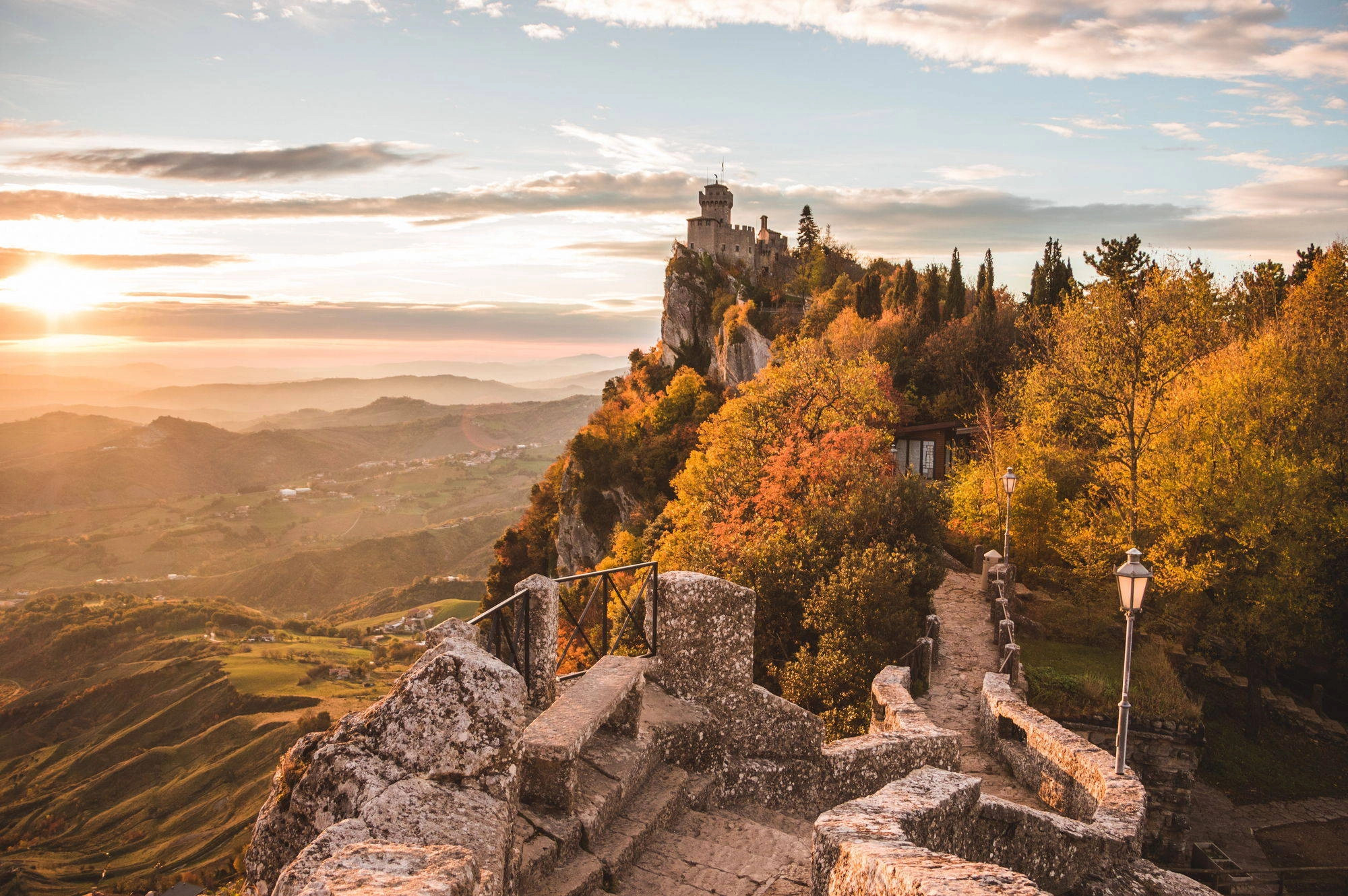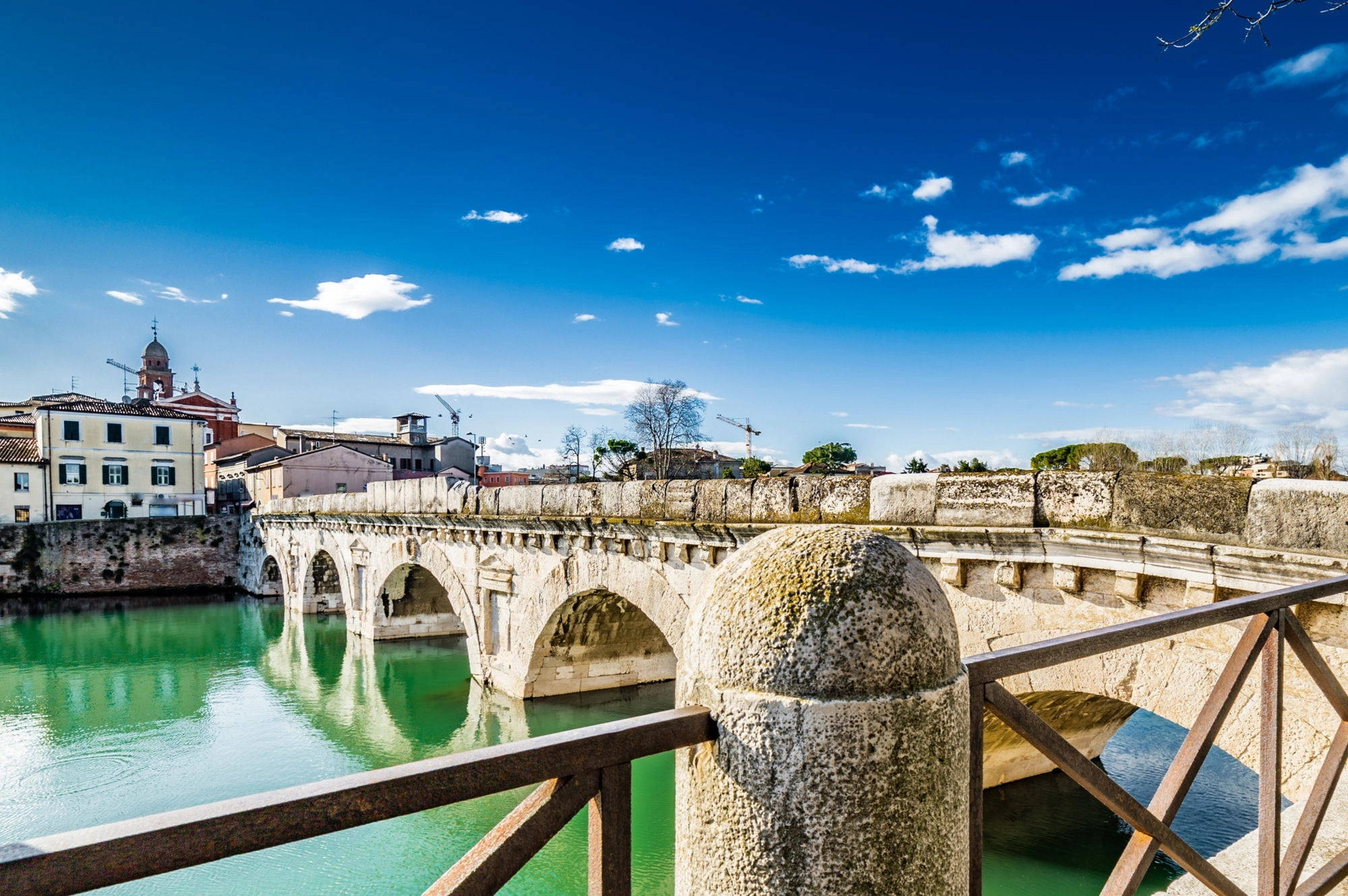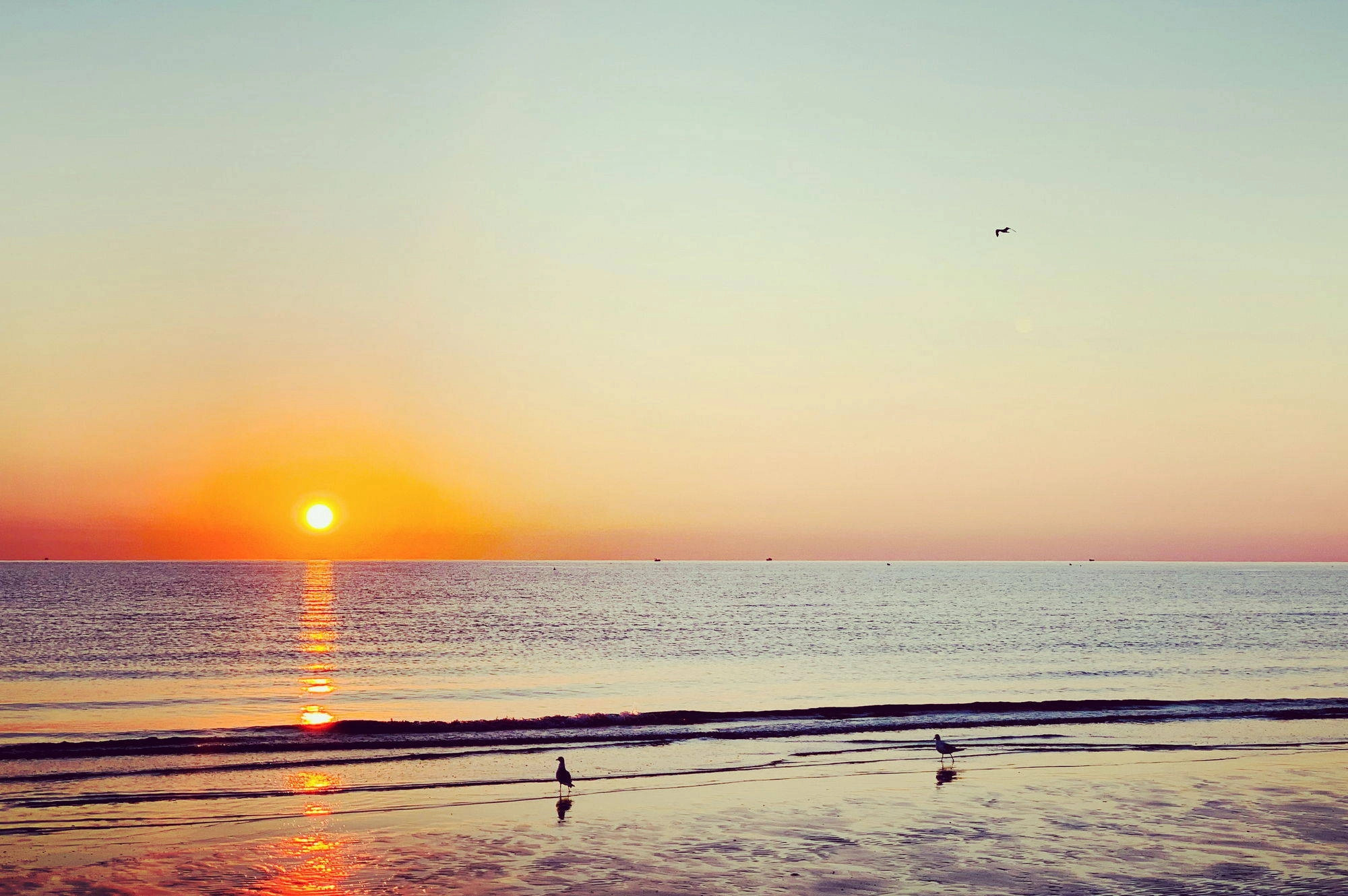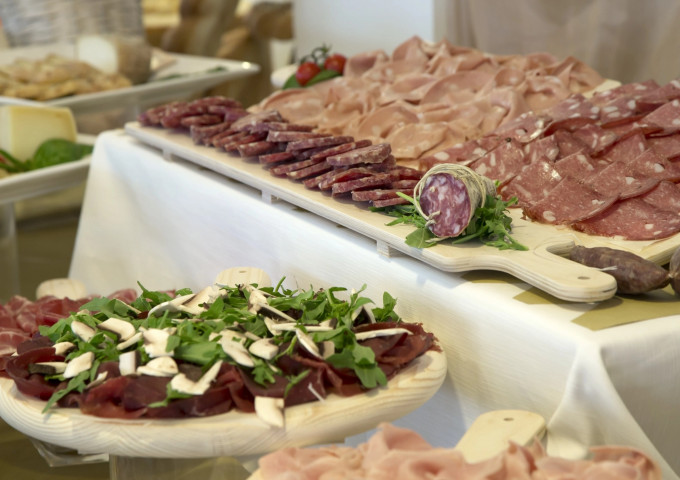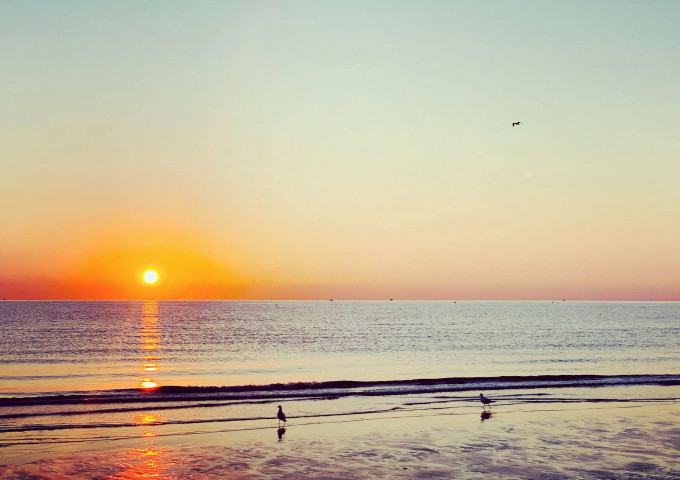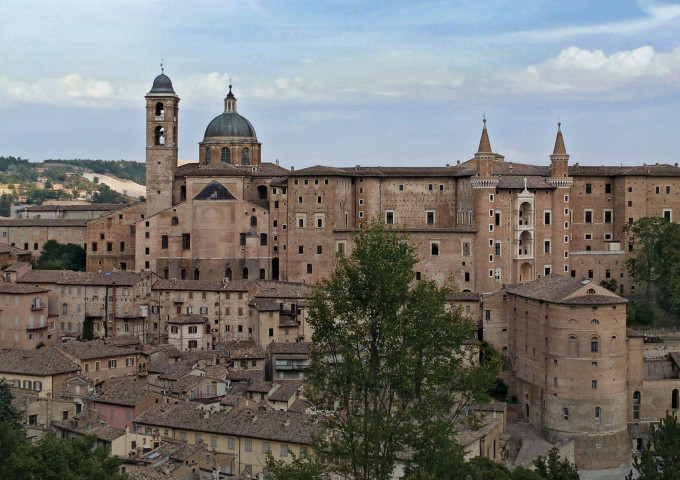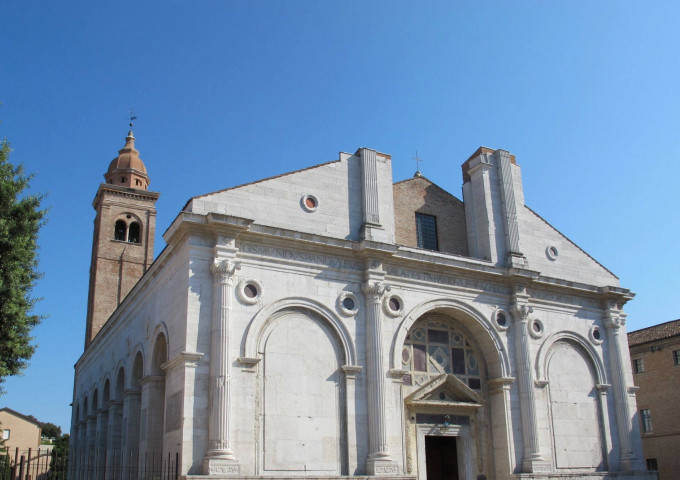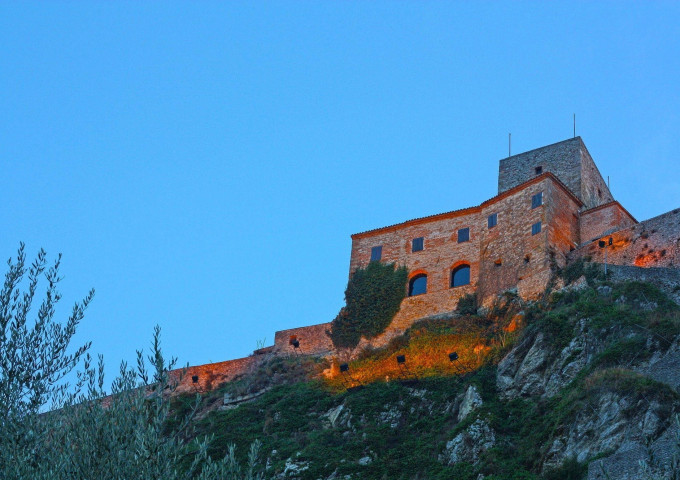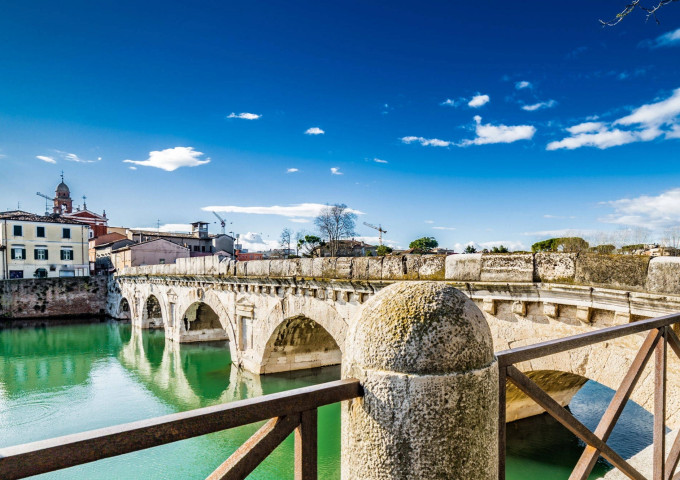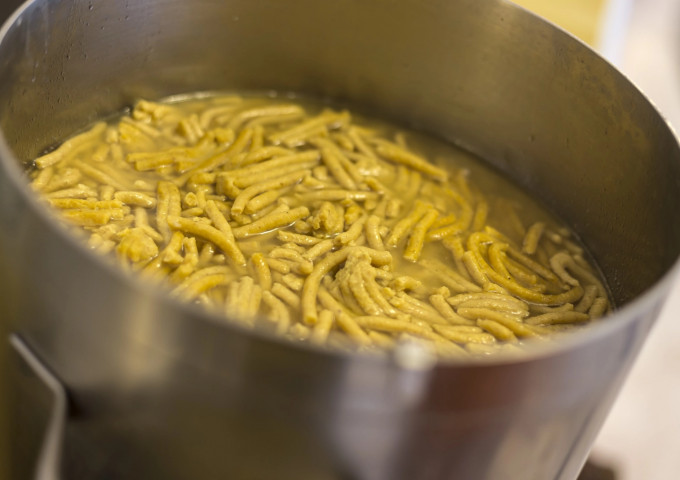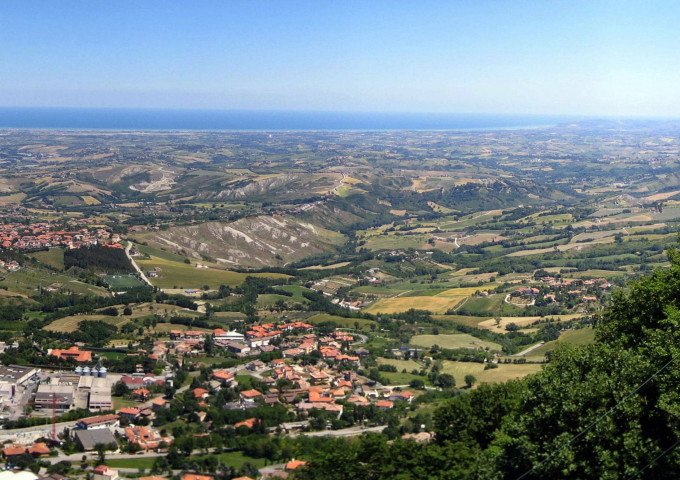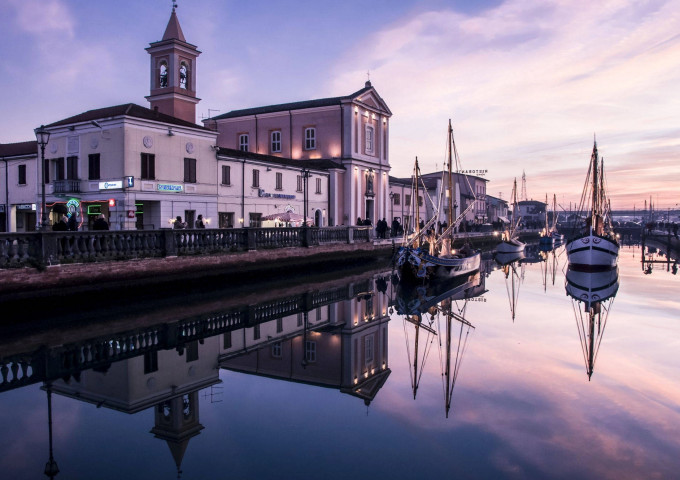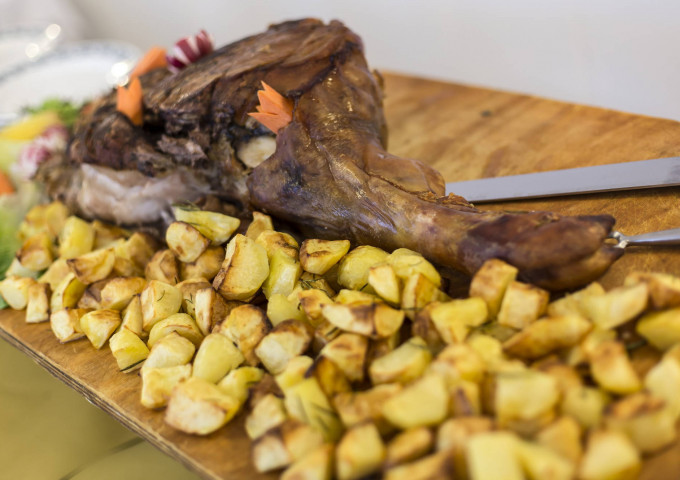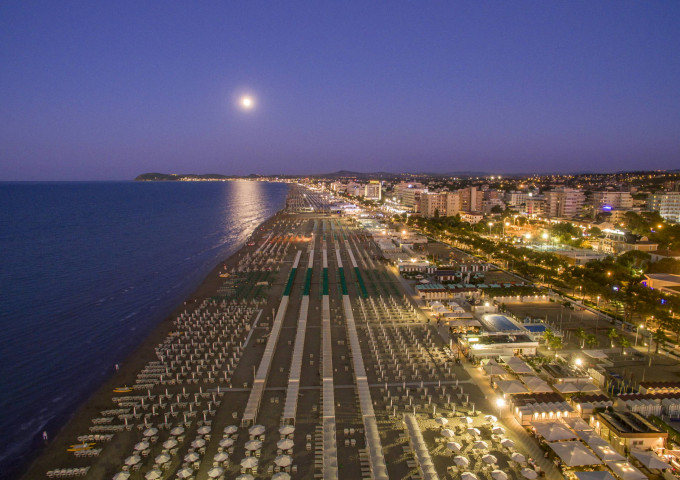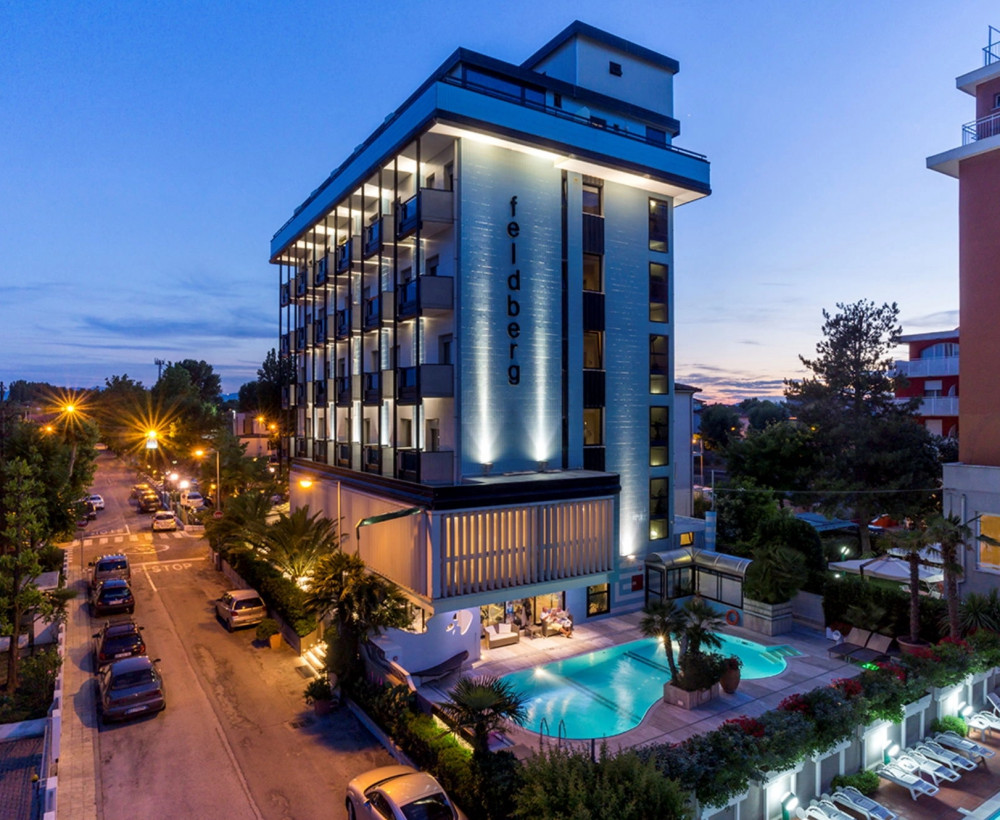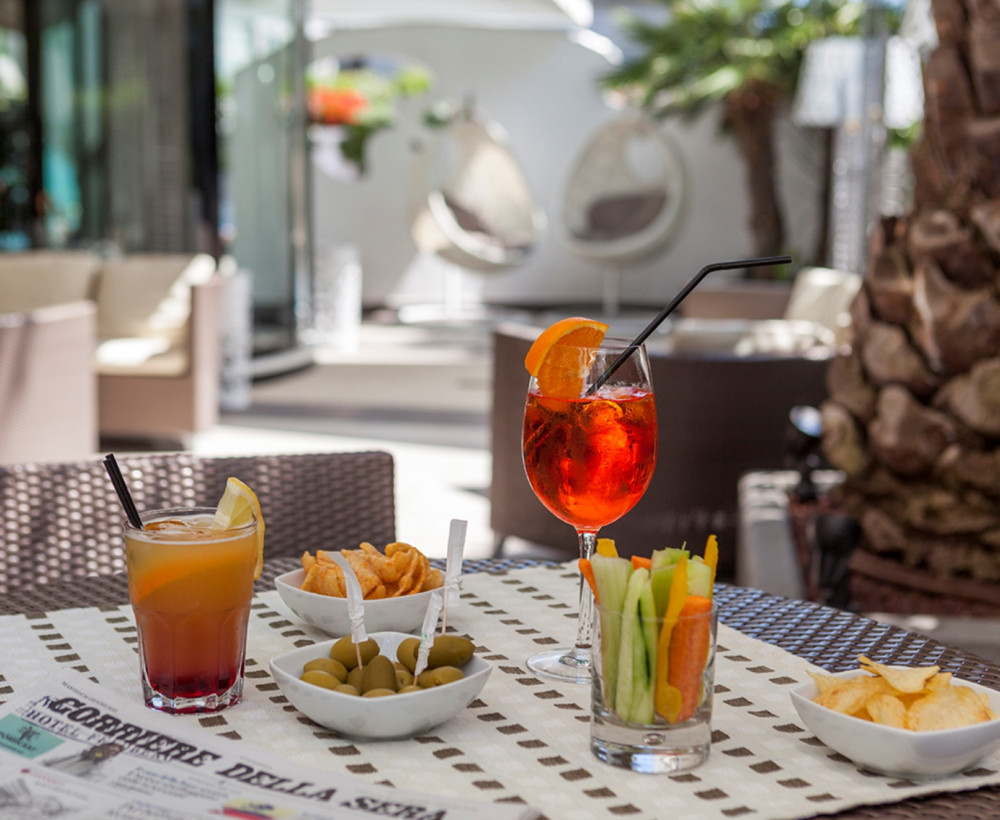Riccione hinterland: art, tradition and flavours...
Hotel Feldberg takes you on a fantastic journey through the treasures of the Romagna Riviera
Riccione and the Romagna Riviera have always been synonymous with beach holidays but there is also a different and less known nature of our city and our territory: truly fascinating routes, between tradition and history, good food and landscapes.
Romagna offers emotions throughout the year and in every season there are many reasons to visit it. In spring it is a must to participate in one of the festivals of the small villages on the hilltops to discover traditional products; in summer, as an alternative to the beach, it is fantastic to get lost in the countryside and small historic centres; autumn is special with its soft tones and warm colors, perfect for food and wine trips and, finally, winter, intimate and relaxed from the beach to the hills of the hinterland, the perfect setting for the Christmas and New Year celebrations.
Here are some recommended itineraries for a holiday in Riccione throughout the year.
CASTLES AND FORTRESSES
One of the fundamental elements of the presence throughout the territory of the Malatesta - the Lordship that ruled over much of Romagna in medieval times - is represented by the large number of military buildings, castles and palaces, still in perfect condition today. Among all the Castel Sismondo, a castle built by Sigismondo Malatesta, stand out in Rimini; in Montebello the Rocca dei Guidi di Bagno (famous for the mystery of Azzurrina); the Malatesta Fortress in Verucchio, from which the fortune of the family originated. The list cannot be missing: the Castle of Gradara, theater of the love of Paolo and Francesca, San Marino, a historic village that dominates the entire Riviera, and Urbino, in the Marche region but not far from Riccione, where Raphael created some best known works.
MUSEUMS
Among the museums, the archaeological site of the Domus del Chirurgo and the Civic Museum of Rimini, full of works from the 1400s, play the leading role. Rimini itself is a real open-air museum that offers very interesting traces of Roman history (Arch of Augustus, Tiberius Bridge ...) and Renaissance (Malatesta Temple among all).
There is no shortage of museums in the small towns of the hinterland that tell this land in its most hidden aspects, from archeology to nature, from popular culture to sacred art. Among the most evocative stand out: the Villanovian Archaeological Museum, the Museum of the uses and customs of the people of Romagna, the Museum of the Eastern Gothic Line.
FLAVOURS AND FOOD TRADITION
Among the most characteristic gastronomic symbols of traditional Romagna cuisine, a prominent place is reserved for the famous Piadina: with ham and other cured meats, with wild herbs and squacquerone (the local soft cheese), or to accompany meat main courses roasted or grilled (instead of bread). Other very important products of Romagna cuisine are, on a par, oil and wine. Among the first courses there are the cappelletti and passatelli (in broth), ravioli with nettle, gnocchi, strozzapreti and handmade tagliatelle according to a solid tradition that is still widespread.
For more information, please contact the hotel reception.

